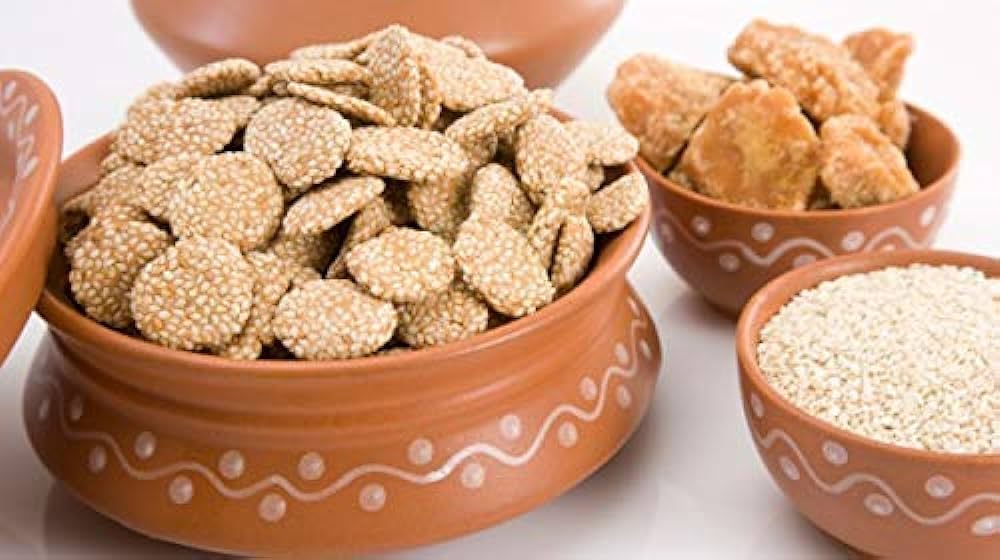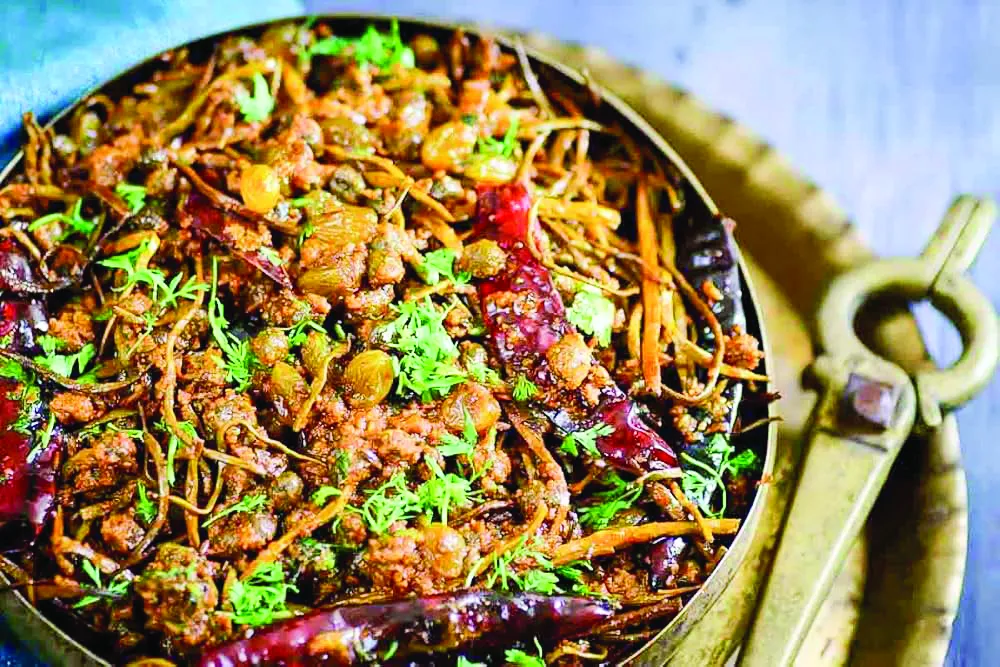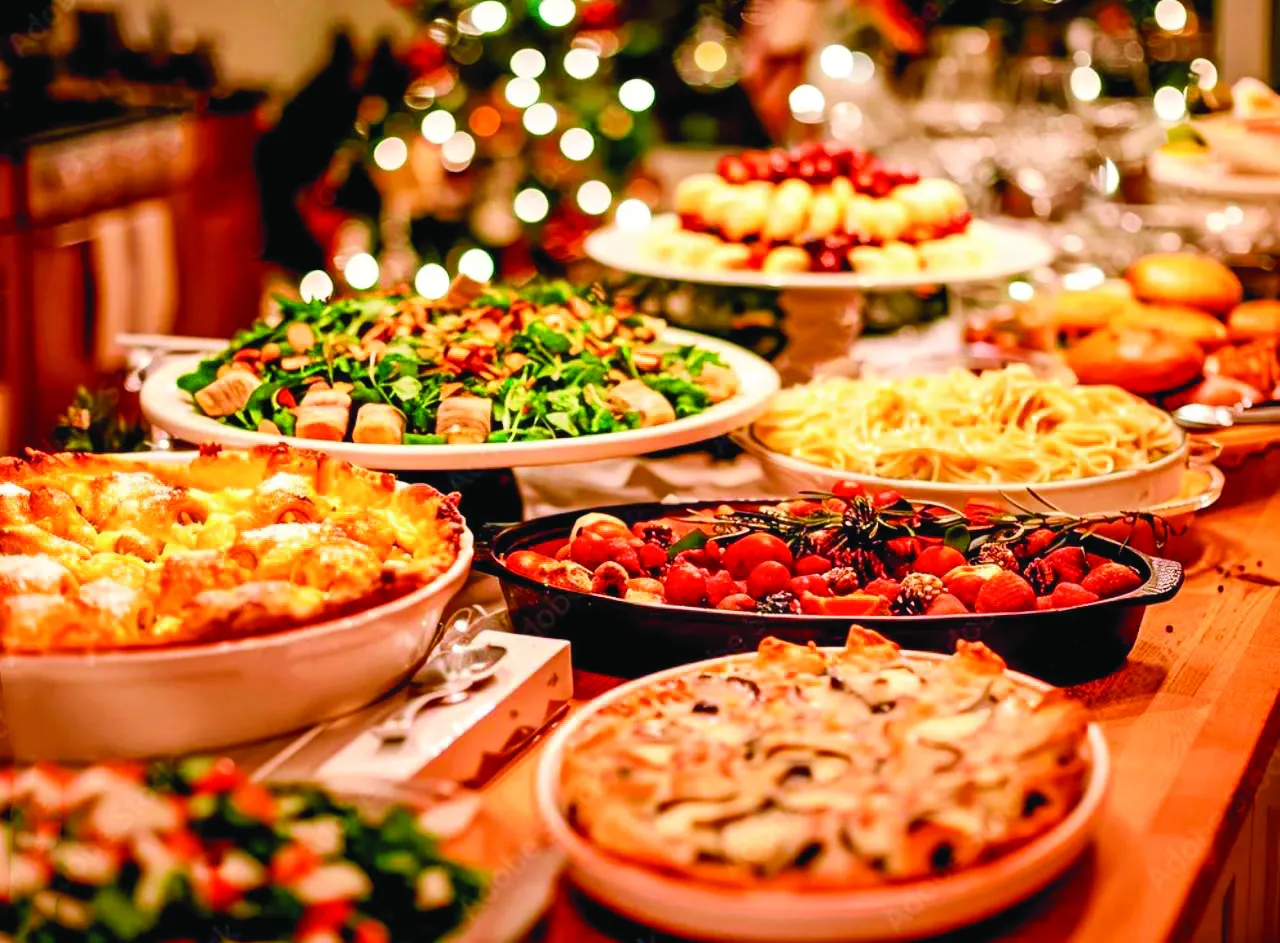Introduction:
Nestled in the heart of India, Rajasthan is a land of vibrant colors, rich history, and culinary delights that tantalize the taste buds. Among the myriad of traditional sweets that grace the dessert platters of this culturally opulent state, none stand out quite like the exquisite and timeless Gajak. Originating from the royal kitchens of Rajasthan, Gajak has evolved into a culinary masterpiece, reflecting the state’s cultural diversity and its penchant for the sweet and savory.
Historical Roots:
The roots of Gajak can be traced back to the medieval era when Rajasthan was ruled by Rajput kings and their sumptuous feasts were legendary. Gajak, with its perfect blend of sweetness and nuttiness, was created to please the discerning palates of the royalty. Over the centuries, it transformed from a royal delicacy to an integral part of Rajasthan’s culinary heritage, enjoyed by people from all walks of life.
Diverse Varieties:
Rajasthan boasts a myriad of Gajak varieties, each with its unique flavor profile and preparation method. One of the most renowned types is the Til Gajak, made from sesame seeds and jaggery. This delectable treat is often enjoyed during the winter months, providing warmth and energy to combat the chilly desert nights.
Peanut Gajak, another popular variant, showcases the abundance of peanuts in the region. The nutty crunch of roasted peanuts combined with the sweetness of jaggery creates a symphony of flavors that lingers on the taste buds.
Moving towards the western part of Rajasthan, one encounters the famed Dry Fruit Gajak. Packed with the goodness of cashews, almonds, and pistachios, this variety elevates the humble Gajak to a decadent indulgence fit for special occasions.
Craftsmanship and Preparation:
The art of making Gajak is no less than a culinary masterpiece, with skilled artisans passing down their knowledge from generation to generation. The preparation involves roasting the main ingredients, whether sesame seeds, peanuts, or dry fruits, to perfection. The secret lies in achieving the right balance of roasting to enhance the flavors without compromising the texture.
Once roasted, the ingredients are mixed with jaggery or sugar syrup, creating a sticky, sweet amalgamation. The mixture is then skillfully spread over large sheets and flattened using wooden rollers to achieve the desired thickness. After the Gajak has set, it is cut into squares or rectangles, ready to be savored.
Seasonal Significance:
Gajak is not just a sweet treat; it holds cultural and seasonal significance in Rajasthan. During the festival of Makar Sankranti, the aroma of sesame seeds wafts through the air as families gather to prepare Til Gajak. The act of making and sharing Gajak during this auspicious time is considered a symbol of prosperity and good fortune.
Innovation and Modern Twists:
While traditional Gajak recipes continue to be cherished, modern twists and innovations have also found their way into this age-old delicacy. Confectioners and chefs are experimenting with flavors, introducing combinations like chocolate-infused Gajak, rose-flavored Gajak, and even Gajak ice cream. These contemporary creations appeal to a younger audience while still paying homage to the roots of this timeless sweet.
Gajak Festivals and Fairs:
Rajasthan celebrates its Gajak heritage through various festivals and fairs dedicated to this sweet delight. The Gajak Festival, held annually in the vibrant city of Jodhpur, attracts visitors from far and wide. Here, artisans showcase their skills, offering a plethora of Gajak varieties for connoisseurs to savor. The festival becomes a melting pot of culture, music, and of course, the sweet aroma of Gajak.
Conclusion:
In the kaleidoscope of Rajasthan’s culinary treasures, Gajak stands out as a symbol of tradition, craftsmanship, and the rich heritage of the land. From the royal feasts of the past to the bustling Gajak festivals of today, this sweet confection has seamlessly woven itself into the cultural fabric of the state. As you savor the nutty sweetness of Gajak, you not only indulge in a delectable treat but also partake in a journey through the flavors and history of Rajasthan.























